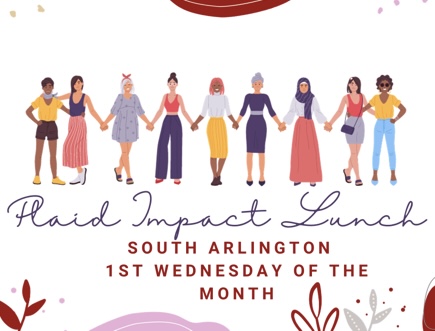AUTHENTIC—if you had to choose an example of a buzz word for the modern age, “authentic” would have to be at the top of the list. A word that used to cut deep and carry weight, “authentic” has been overused and hash-tagged into near oblivion thanks to the social media space.
But that doesn’t mean that showing up authentically is any less important. In fact, in a world where a lot of online businesses fall into shallow behavioral patterns and label them #authentic, it’s more important now than ever before to actually figure out how to form authentic connections with your audience. With millions—if not billions—of online personalities competing for a somewhat finite amount of attention, using your brand to form bonds with your audience on a human level isn’t just good business, it’s absolutely crucial to your success.
Luckily, there are a few pretty basic steps you can take to ensure that you’re encouraging genuine communication between your brand and your audience. Consider these four tips your
“Authentically-Authentic Communication Starter Package.”
1. Figure Out Who You’re Speaking To
Remember when you first started your business? Remember all those “ideal client” questions and worksheets you poured over? If you’ve gotten away from those, it may be time to pay them another visit.
You don’t necessarily have to have a literal “ideal client persona” worked out, but the sooner you figure out who you’re talking to, the sooner your communications will start reading as genuine. While it can be tempting to create messaging that you feel connects with everyone, the fact is that your brand is not for everyone.
When you gear your communication towards one very specific persona, your audience will pay attention because they’ll feel like you hear them. We all just want to be understood, and if you can convince your audience that your brand understands their struggles and has legitimate solutions, they’ll relate to you on a human level.
2. Pick Your Favorite Communication Channels . . . And Nix the Rest
Maybe this one seems counterintuitive, but hear me out. Just because the internet affords you 10,000 different ways to communicate does NOT mean you can or should actually use all of them. One of the keys to authentic communication is focusing your attention in just a few key places and really mastering the language of those platforms.
This particularly applies when you’re thinking about where and how to show up on social media. It’s easy to fall into the trap of believing that your brand needs to have an online presence everywhere.
Newsflash: It doesn’t.
When you’re spreading yourself too thin, your audience can sense the lack of thoughtfulness from a mile away.
Pick between one and three favorite ways to communicate—Facebook, Instagram, Email, Twitter, Pinterest, what have you—and build a really solid following in just a few places. If you feel compelled to expand later, great! But for now, having a strong, engaged audience in one place beats having tiny pools of semi-interested folks all over the world wide web any day.
3. Tell Stories. Lots of ‘em.
Isn’t the human brain incredible? Our capacity to remember is astounding . . . And the brain’s capacity to decide something wasn’t worth remembering is also pretty remarkable.
Our brains are literally, physiologically wired to hold onto stories. You can thank a few million years of reliance on oral history for that one. You can communicate an interesting fact or an exciting offer to your audience, and that’s great, but nine times out of ten, they aren’t going to remember it unless you wrap it up in an anecdote.
Not every story has to be super long, super specific, or even about your business. Your audience wants to recognize themselves in your stories, so give them that opportunity. Use language like, Imagine, Remember, or Ask yourself to get their creative juices flowing. Once they start subconsciously writing their own narratives about your brand and including themselves in those narratives, you’re in.
4. Clarify Your Message Into Its Simplest Form
Rent a time machine, bounce back a few (or more) years, and thank your high school English teacher for all those lessons on five-paragraph essays and main idea statements. The more you can clarify and simplify your brand’s message, the more authentically it will come across to your audience.
You may have the best intentions, but if your communication seems too busy or unfocused, your audience may find themselves wondering what’s hiding behind all that busyness. Figure out what your core message is, and communicate it clearly, creatively, and frequently.
Above all else, keep in mind that your ability to communicate your brand and connect authentically is your business’ lifeblood. If you ever question whether time spent perfecting your branding and communication styles is worth it, remind yourself: It’s always worth it.












